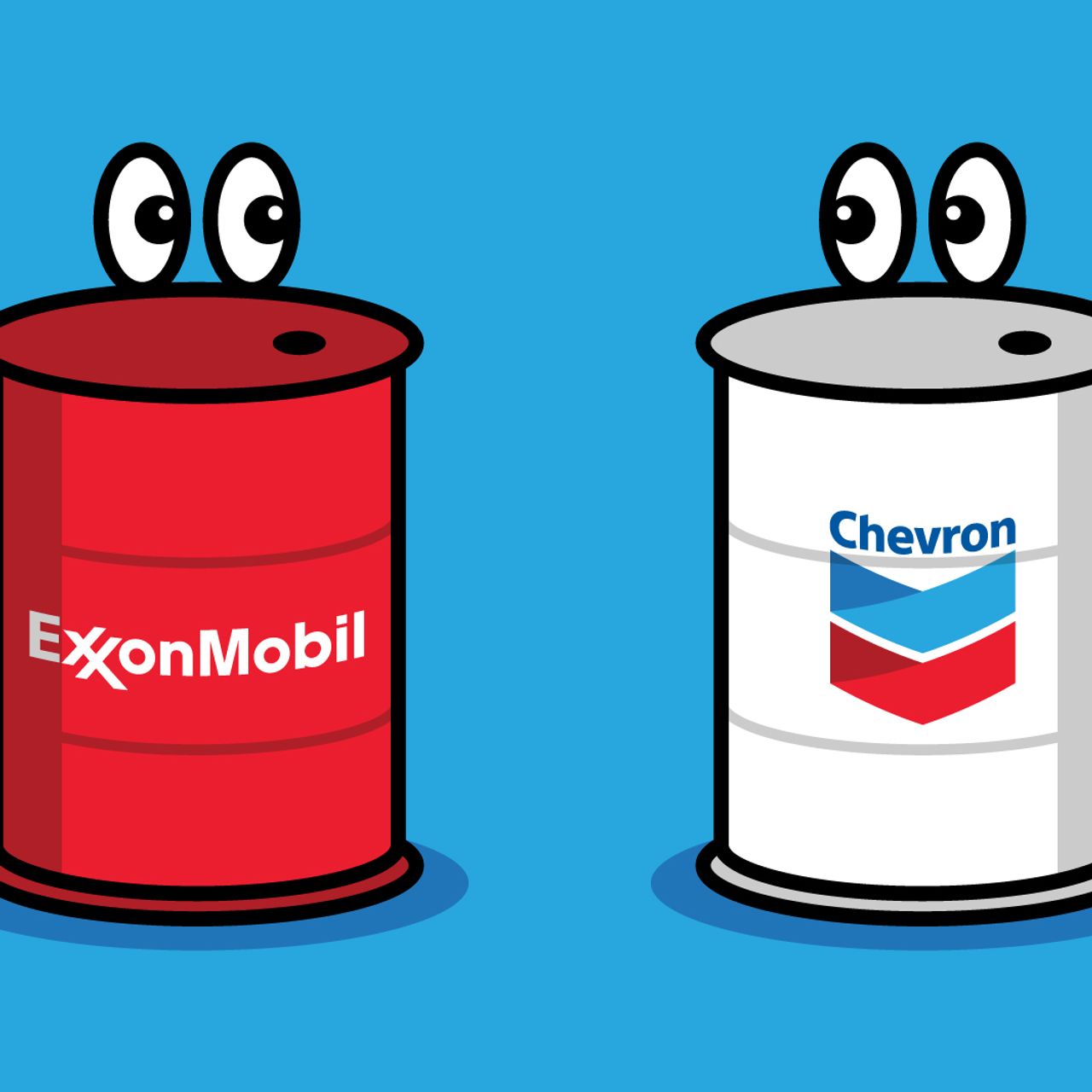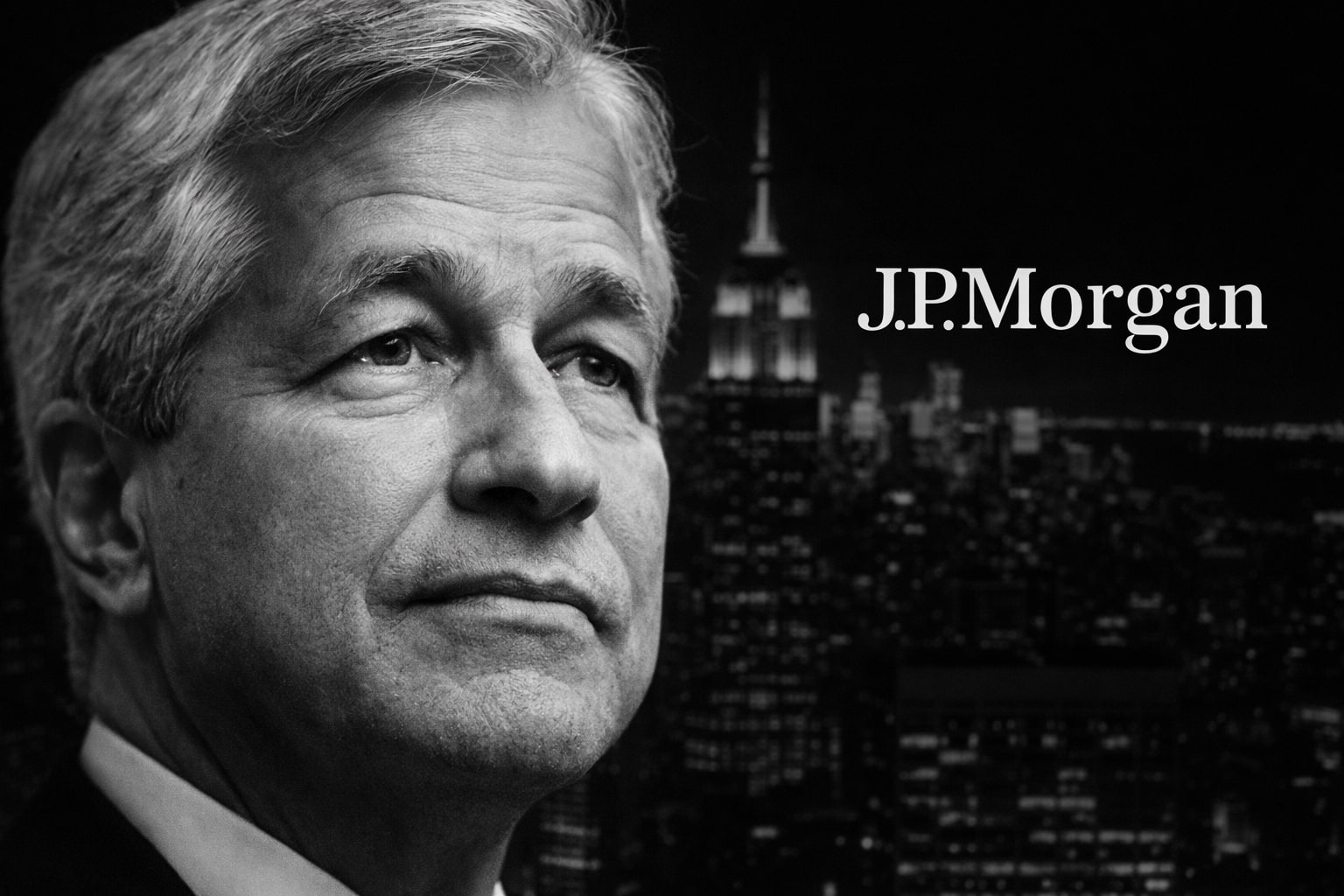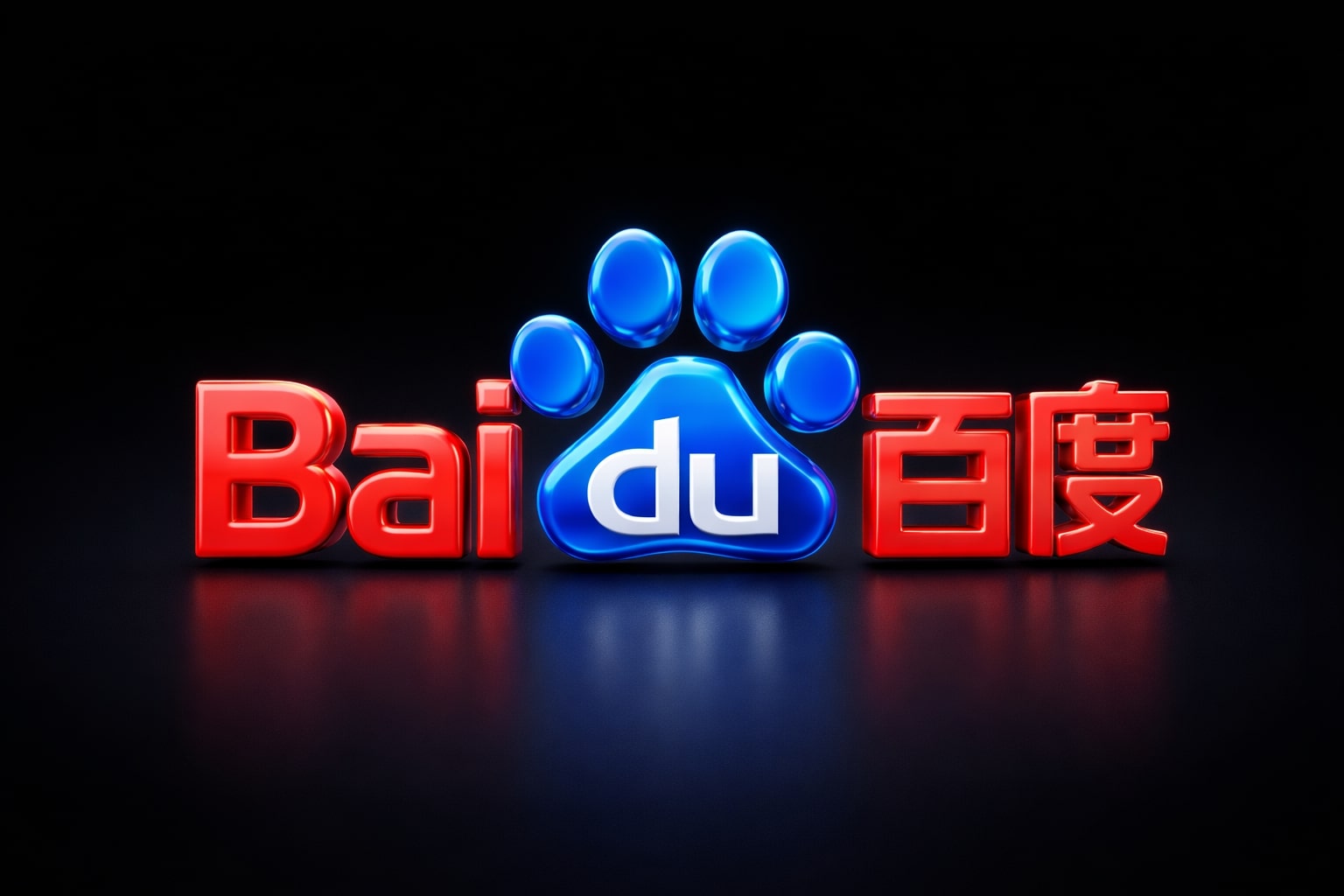
An In-Depth Analysis NYSE:XOM VS. NYSE:CVX
Exploring the Complex Landscape of Two Global Energy Leaders: Strategies, Performance Metrics, Environmental Commitments, and Stock Profiles | That's TradingNEWS
I. Market Position and Legacy
Exxon Mobil's Position
As outlined earlier, Exxon Mobil traces its lineage to Standard Oil and plays a central role in the global energy landscape. Responsible for 2% of the world's energy production, its vertical integration across various aspects of oil and natural gas provides a unique competitive edge.
Chevron's Position
Similarly, Chevron (CVX) has a rich history, being one of the successors of Standard Oil, just like Exxon. With a market capitalization of around $368.55 billion, Chevron also emphasizes vertical integration but has been more focused on efficiency and return on capital. More information on Chevron's real-time stock can be found here.
II. Performance and Strategic Alignment
Exxon Mobil
Exxon Mobil's Q1 2021 profit marked a recovery from the previous year, reaching $2.7 billion on revenues of $59.15 billion. Strategic realignment to cope with the pandemic's impact led to a 30% cut in capital spending in 2020.
Chevron
On the other hand, Chevron's Q1 2021 net income was $1.4 billion on revenues of $32 billion. While Chevron also made strategic cuts in spending, it has been more aggressive in focusing on high-return, lower-risk projects.
III. Approach to Renewables and Climate Change
Exxon Mobil's Strategy
Exxon's commitment to emission reduction by 15% to 20% by 2025 and a $10 billion investment in carbon capture projects underline its intent to align with global climate goals.
Chevron's Strategy
Chevron's approach to renewables is equally serious, with investments in renewable energy projects and an emphasis on reducing carbon intensity. Chevron's commitment to hydrogen and biofuel technologies also demonstrates its sustainable approach.
IV. Stock Performance and Investment Perspectives
Exxon Mobil's Stock Performance
Exxon Mobil's stock has experienced volatility, reflecting global economic recovery and regulatory trends. A forward annual dividend rate of $3.64 and a yield of 3.31% is an attractive proposition for investors.
Chevron's Stock Performance
Chevron's stock, likewise, has witnessed fluctuations in response to market conditions. With a dividend yield of 5.16%, it has historically been seen as a more consistent dividend payer than Exxon.
V. Financial Metrics and Growth Prospects
Exxon Mobil
With a market capitalization of $452.49 billion, Exxon Mobil sports a PE ratio of 7.58, and revenue estimates forecast $79.43 billion for the current quarter. Year-on-year sales growth is estimated at -29.10%.
Chevron
Chevron's financials are slightly conservative, with a market capitalization of $368.55 billion and a PE ratio of around 17.25. Revenue estimates for the current quarter are at $40.07 billion.
VI. Innovation, Regulatory Compliance, and Global Influence
Exxon Mobil
Exxon's reach, innovations, and collaborations extend across continents, with investments in algae biofuels, carbon capture, and strategic alliances with automotive giants.
Chevron
Chevron's approach to innovation is more focused on practical applications, investing in existing renewable technologies, and leveraging partnerships with technology companies for clean energy solutions.
VI. Innovation, Regulatory Compliance, and Global Influence (continued)
Chevron
Chevron has directed its innovation towards pragmatic solutions. With $300 million invested in the Future Energy Fund, the company shows commitment to renewable energy technologies. Collaborations with tech companies like ChargePoint and investments in geothermal power are examples of their strategic approach.
Exxon Mobil
Exxon Mobil’s innovation strategy leans heavily on research and development, having invested $1 billion annually in R&D. Projects like algae biofuels and partnerships with FuelCell Energy to develop carbon capture technologies set Exxon apart.
VII. Environmental, Social, and Governance (ESG) Concerns
Exxon Mobil
Exxon Mobil is targeting a 15-20% reduction in greenhouse gas emissions by 2025. The company has also committed to investing more than $10 billion in a carbon capture project in Houston and endorsed a carbon tax.
Chevron
Chevron’s ESG strategy is evidenced by a $3 billion investment in lowering carbon emissions by 2025, aiming for a 35% reduction in carbon intensity. Moreover, the company has recently invested in Blue Planet Systems Corporation, a startup focusing on carbon capture technology.
VIII. Dividend and Stock Performance
Exxon Mobil
Exxon Mobil has a current dividend yield of 5.7%, with a consecutive dividend growth streak of 38 years. Its stock has witnessed a 12% year-to-date return, signifying resilience amid market fluctuations.
Chevron
Chevron's dividend yield stands at 4.9%, with the company maintaining dividends for 33 consecutive years. The stock has performed slightly lower with a 9% year-to-date return, showing a more conservative trajectory.
IX. Global Market Presence and Partnerships
Exxon Mobil
With operations in over 50 countries and partnerships with firms like Sabic for petrochemical projects, Exxon Mobil demonstrates global influence. Its affiliation with automotive giants like Ford illustrates cross-industry collaboration.
Chevron
Chevron’s market presence is equally robust, with operations in 30+ countries. Their strategic alliances with Apple and Google for renewable energy projects and the recent acquisition of Noble Energy enhance Chevron's global footprint.
XI. Debt and Financial Stability
Exxon Mobil
Exxon Mobil reported a total debt of $69.5 billion as of Q2 2023, with a debt-to-equity ratio of 0.32. The company's current ratio stands at 0.79, pointing to a tight liquidity situation but reflecting a strong emphasis on long-term projects and growth.
Chevron
Chevron's debt stood at $37.8 billion with a debt-to-equity ratio of 0.24 as of the same quarter, indicating a more conservative leverage approach. Its current ratio of 1.01 provides better short-term liquidity and signals prudent financial management.
XII. Recent Acquisitions and Strategic Alliances
Exxon Mobil
Exxon Mobil's acquisition of Jurong Aromatics Corporation in Singapore illustrates a focus on expanding refining and petrochemical operations. Partnerships with Microsoft for digital transformation signal a modern approach to the industry.
Chevron
Chevron's acquisition of Noble Energy for $5 billion emphasizes a shift towards natural gas and renewable energy. Collaborations with Brightmark for plastic waste conversion to energy further show an alignment with sustainability trends.
XIII. Future Growth Prospects and Market Trends
Exxon Mobil
Exxon's strategic investments in biofuels and carbon capture, along with exploration projects in Guyana, present growth opportunities. The commitment to reduce emissions by 15-20% by 2025 indicates alignment with global sustainability goals.
Chevron
Chevron's diversified approach to renewable energy and partnerships with tech companies like Google position it well for the evolving energy landscape. Investments in geothermal energy and hydrogen technologies forecast a forward-thinking approach.
XIV. Risks and Uncertainties
Exxon Mobil
Regulatory compliance, fluctuating oil prices, and geopolitical tensions contribute to uncertainties. Litigations related to environmental concerns and potential changes in U.S. regulations could pose challenges.
Chevron
For Chevron, competitive pressures in the renewable energy sector, potential regulatory changes, and uncertainties related to new technological adoptions are significant risks. Additionally, global economic fluctuations and ongoing trade tensions might affect operations.
XV. Human Resources and Employee Relations
Exxon Mobil
With approximately 72,000 employees, Exxon prioritizes workforce development and has committed to investing $50 million over five years in educational initiatives. However, the recent layoff of 14,000 employees reflects restructuring efforts.
Chevron
Chevron's workforce of around 48,000 employees focuses on diversity and inclusion, with programs to foster a positive work environment. The company's investment in employee development is mirrored by its high retention rate.
XVI. Brand Reputation and Social Responsibility
Exxon Mobil
Despite facing criticism for its environmental stance, Exxon's investments in carbon capture and algae biofuels project a shift towards responsible practices. Their community engagement programs across 38 countries enhance the brand's social reputation.
Chevron
Chevron’s reputation as a responsible energy provider is strengthened by its commitment to renewable energy and significant contributions to community development. Its Human Energy campaign reflects an emphasis on human potential and social impact.
In this detailed analysis, the comparison between Exxon Mobil and Chevron has extended to various facets including financial stability, strategic alliances, future growth, risks, employee relations, and brand reputation. Both companies present unique strategies, advantages, and challenges within the complex and ever-changing energy sector.
XVII. Stock Performance
Exxon Mobil (XOM)
Exxon Mobil's stock has seen fluctuation in the last 12 months with a 52-week low of $52.18 and a high of $74.12. The average trading volume stands at 24 million shares per day, with a dividend yield of 5.8%. Earnings per share (EPS) have reached $4.11, reflecting a solid profit margin of 9.42%.
Chevron (CVX)
Chevron's stock ranged from a low of $94.45 to a high of $116.12 over the past year, with an average daily volume of 10 million shares. The company provides a dividend yield of 4.8%, and the EPS comes to $5.32, contributing to a profit margin of 10.15%.
XVIII. Analysts' Outlook
Exxon Mobil
Analysts provide a mixed outlook for Exxon, with a consensus rating of 'Hold'. The projected 1-year target estimate stands at $70, reflecting potential growth opportunities. However, concerns about environmental regulations and volatile market conditions may impact long-term prospects.
Chevron
Chevron's outlook is generally more favorable, with a consensus rating of 'Buy'. Analysts' 1-year target estimate for the stock is $110, based on strategic investments in renewable energy and promising partnerships in technology.
XIX. Shareholder Composition
Exxon Mobil
Exxon Mobil's major shareholders consist of 57% institutions, 20% individual investors, and 23% insiders. The top institutional holders include Vanguard Group and BlackRock, with 8% and 7.1% ownership, respectively.
Chevron
Chevron's shareholder composition is divided into 61% institutions, 25% individual investors, and 14% insiders. The Vanguard Group and BlackRock are also prominent holders, owning 8.5% and 6.9% of the company, respectively.
XX. Earnings Performance
Exxon Mobil
Exxon's Q2 2023 earnings surpassed expectations, with revenue of $67.74 billion and net income of $6.38 billion. The strong earnings reflect recovery from pandemic challenges and successful investments in growth sectors.
Chevron
Chevron reported Q2 2023 revenue of $35.49 billion and net income of $3.6 billion. While meeting market expectations, the figures indicate Chevron's stable performance and commitment to innovation in the energy space.
XXI. Future Market Trends and Influence
Exxon Mobil
Exxon's focus on innovation in carbon capture and biofuels aligns with global sustainability trends, potentially positioning the company for growth in emerging markets. Strategic alliances with automotive and tech giants may influence broader industry dynamics.
Chevron
Chevron's investments in renewable technologies and collaboration with tech firms reflect a forward-thinking approach to energy. Its diverse portfolio in geothermal and hydrogen technologies may set new standards in the renewable energy sector.
Read More
-
COPX ETF Price At $73.75: Copper Miners Surge On Record Copper And AI Demand
25.12.2025 · TradingNEWS ArchiveStocks
-
XRP ETF Assets Break $1.25B as XRP-USD Holds $1.87 in a Tight $1.85–$1.91 Range
25.12.2025 · TradingNEWS ArchiveCrypto
-
Natural Gas Price Forecast: NG=F Near $4.25 After $4.59 Spike as LNG Flows and Winter Cold Collide
25.12.2025 · TradingNEWS ArchiveCommodities
-
USD/JPY Price Forecast - USDJPY=X At 156: Can The 160 Line Hold Before A Drop Toward 140?
25.12.2025 · TradingNEWS ArchiveForex


















